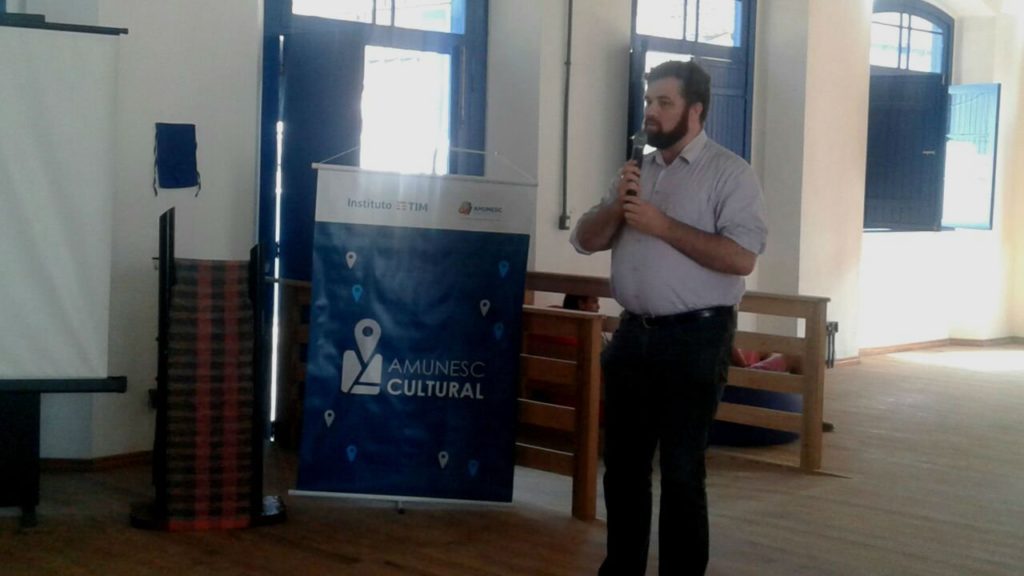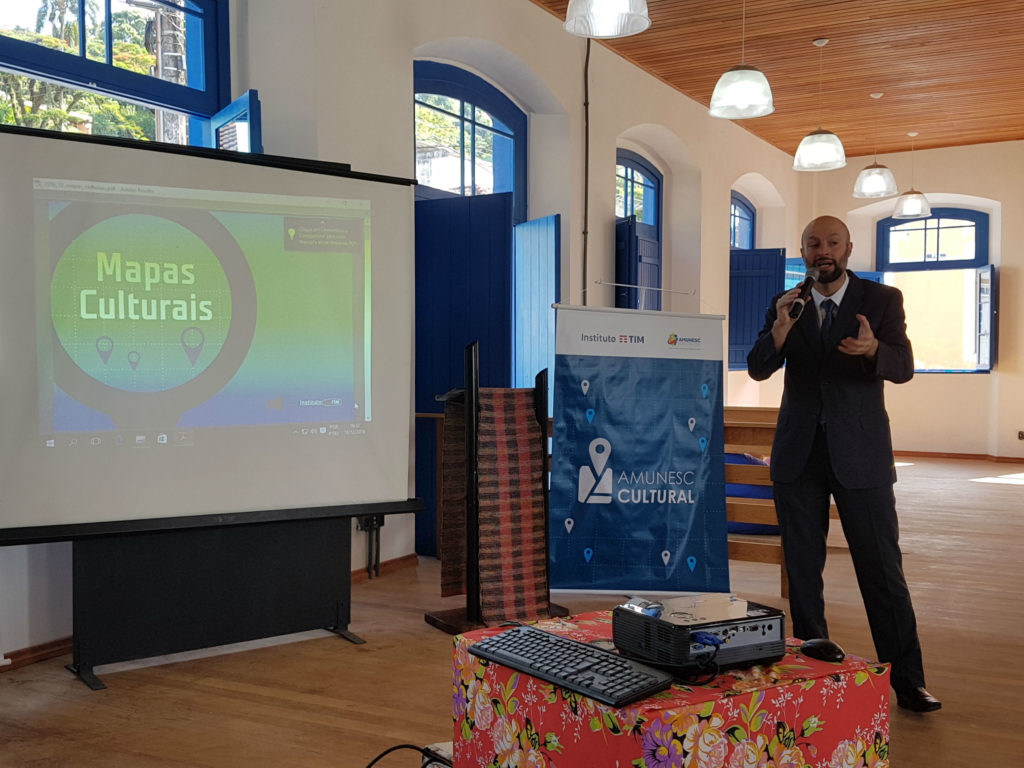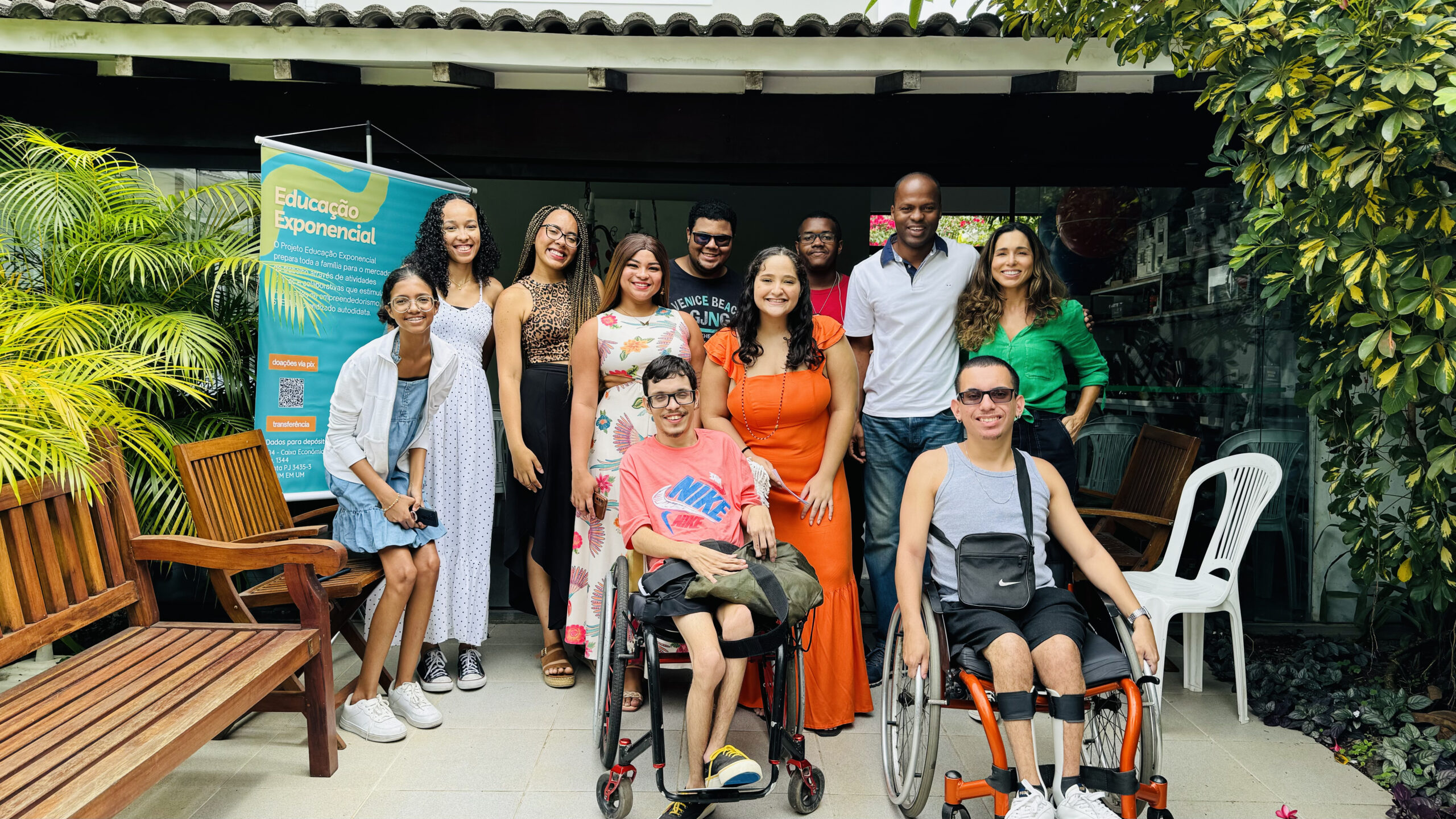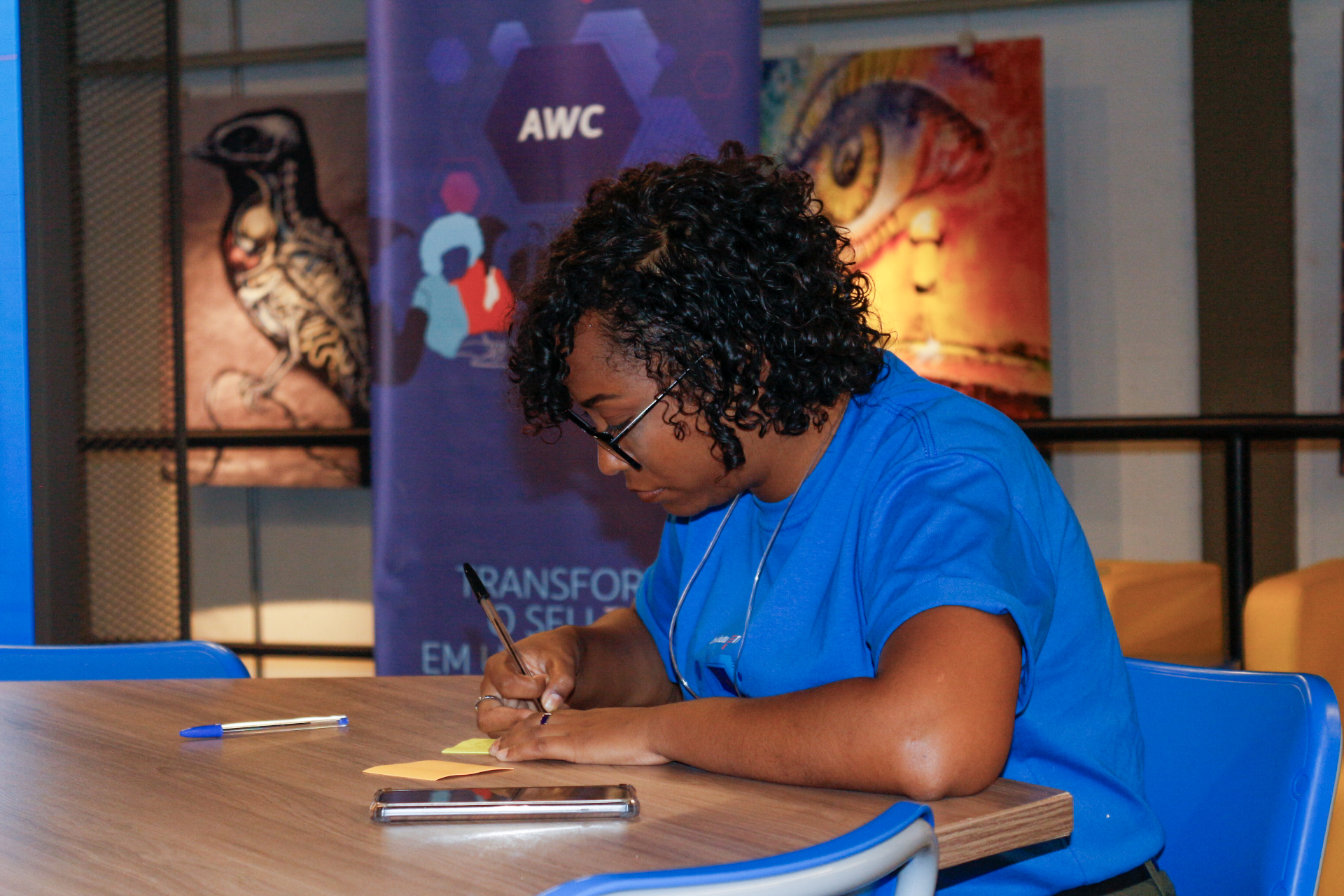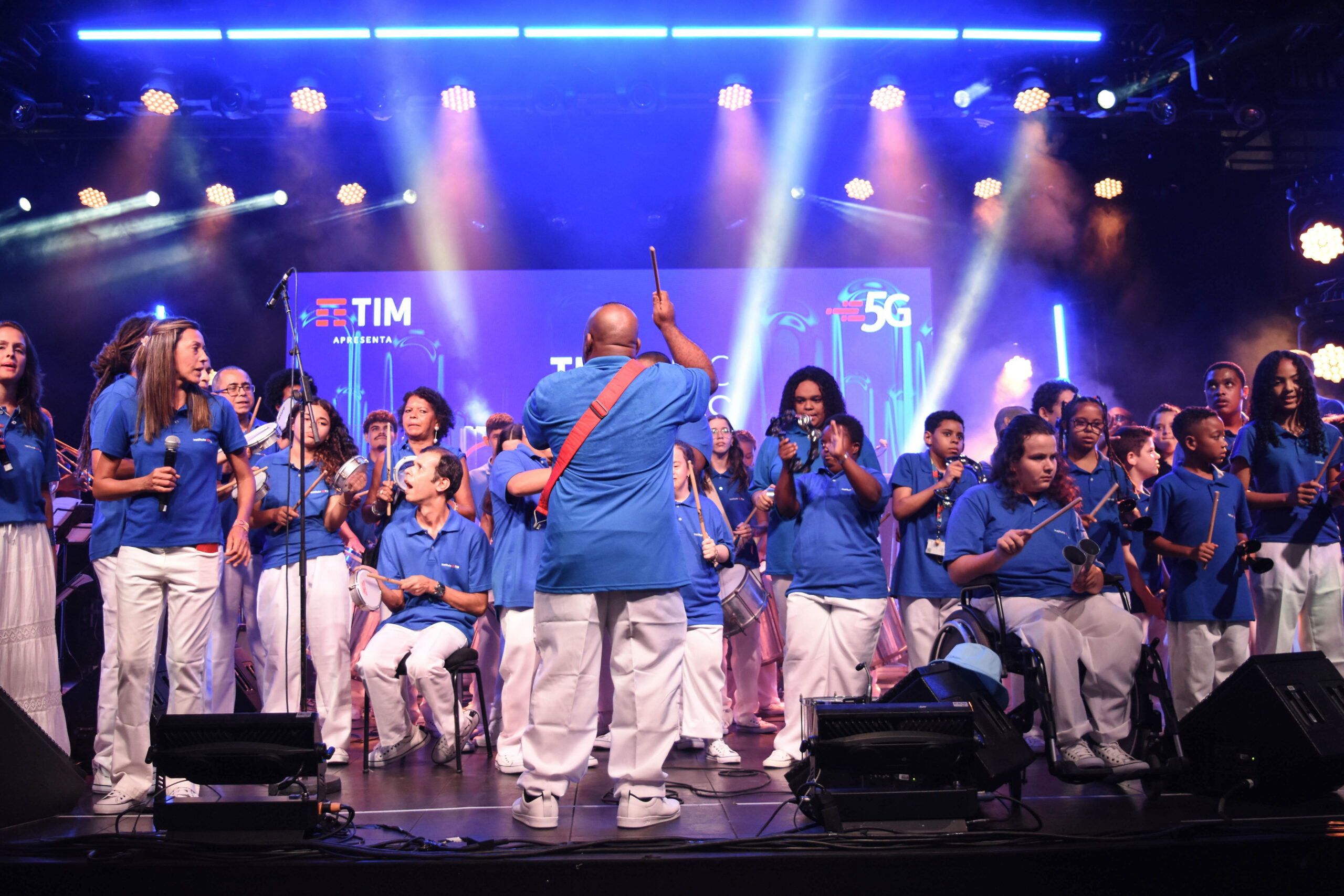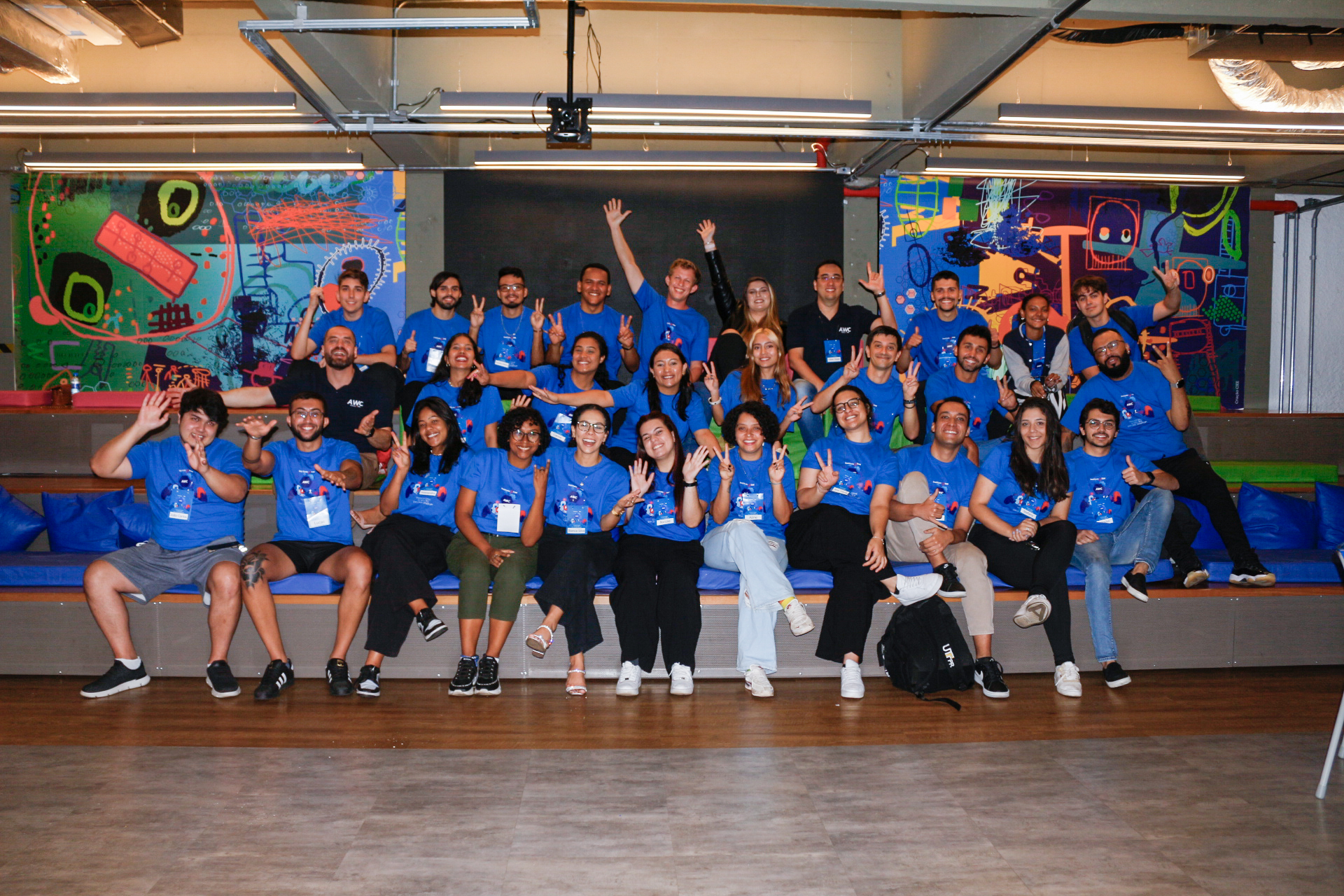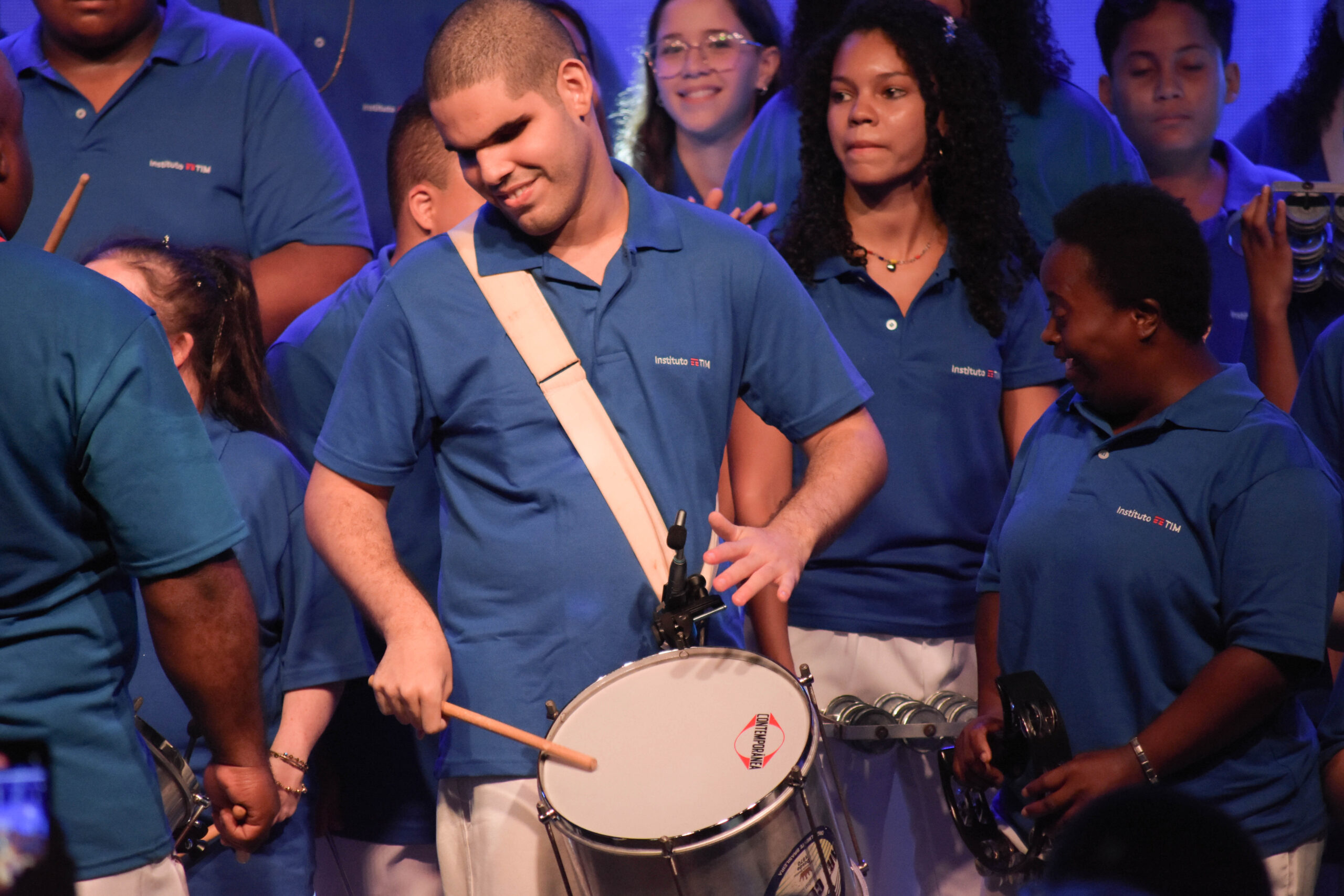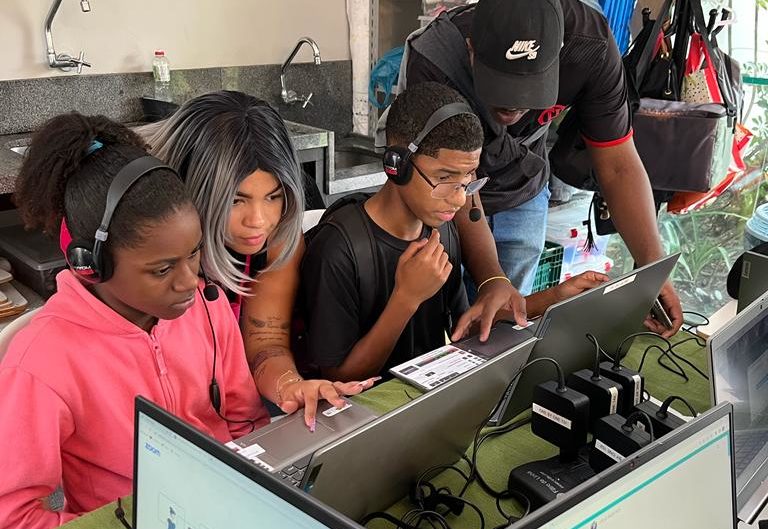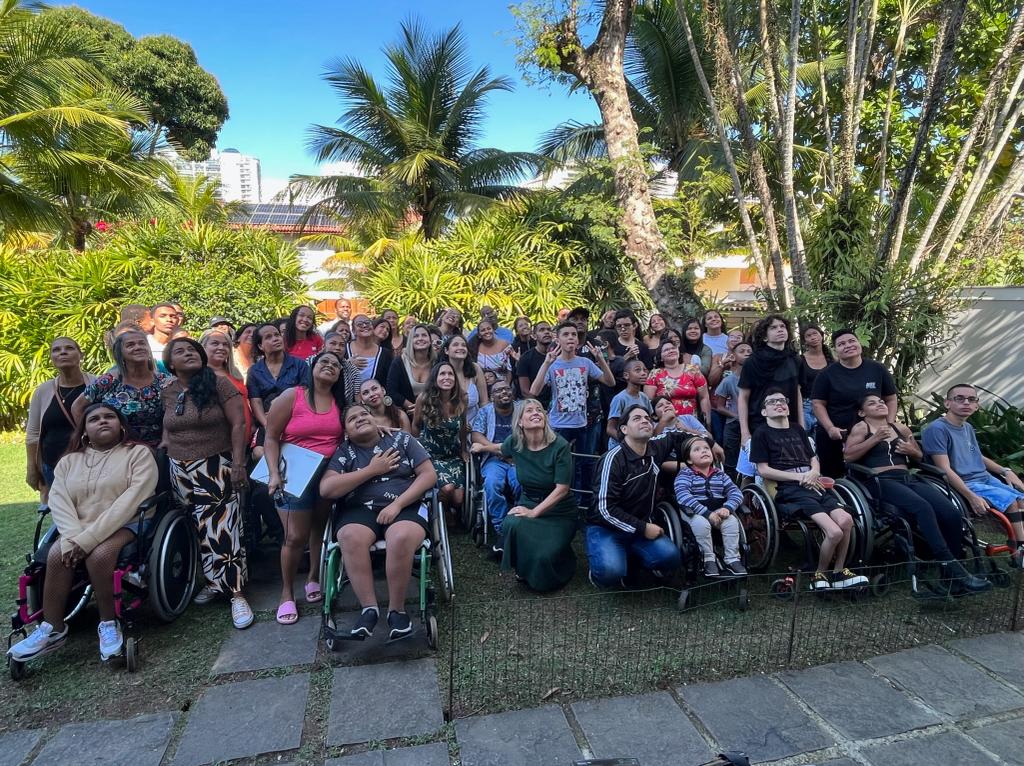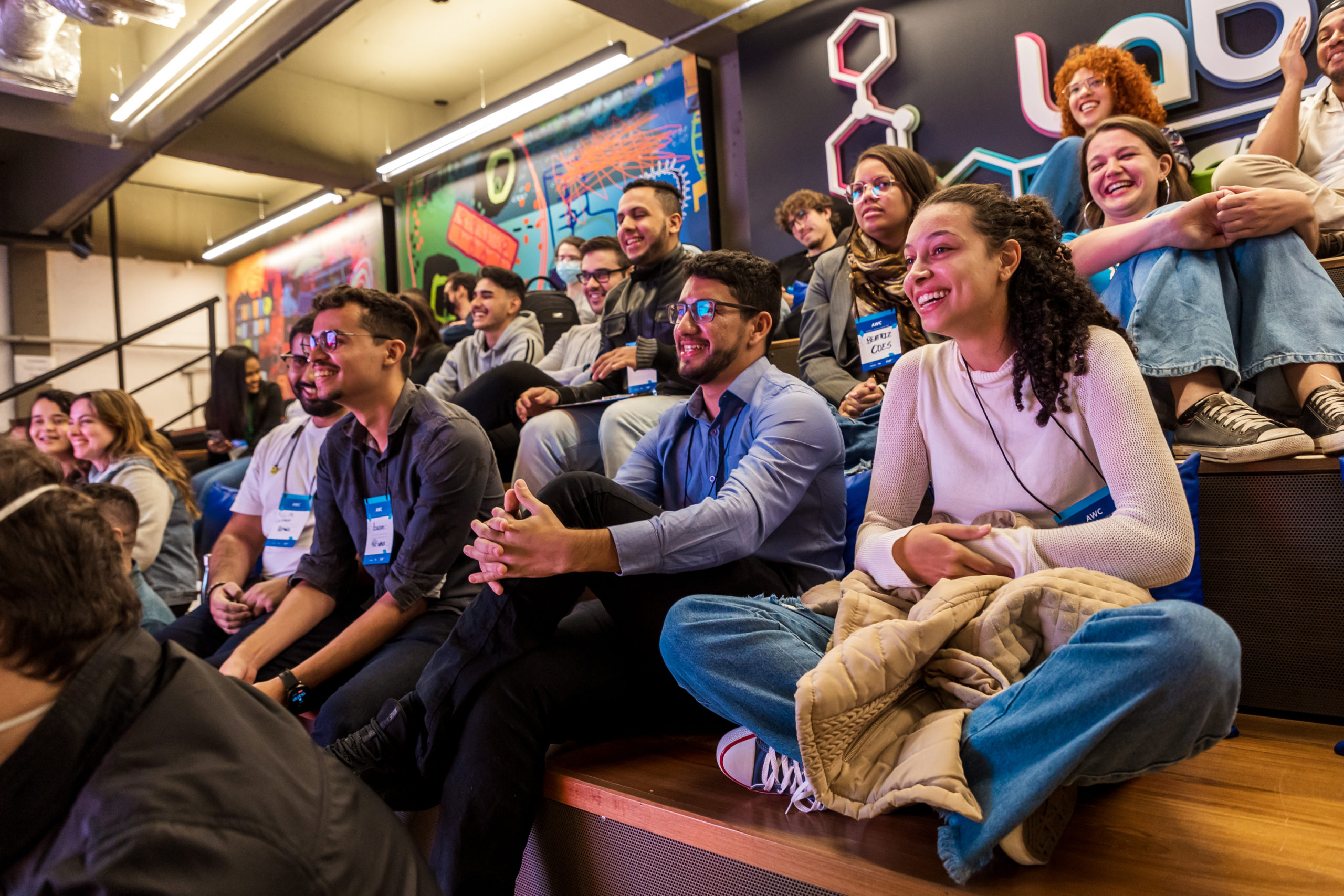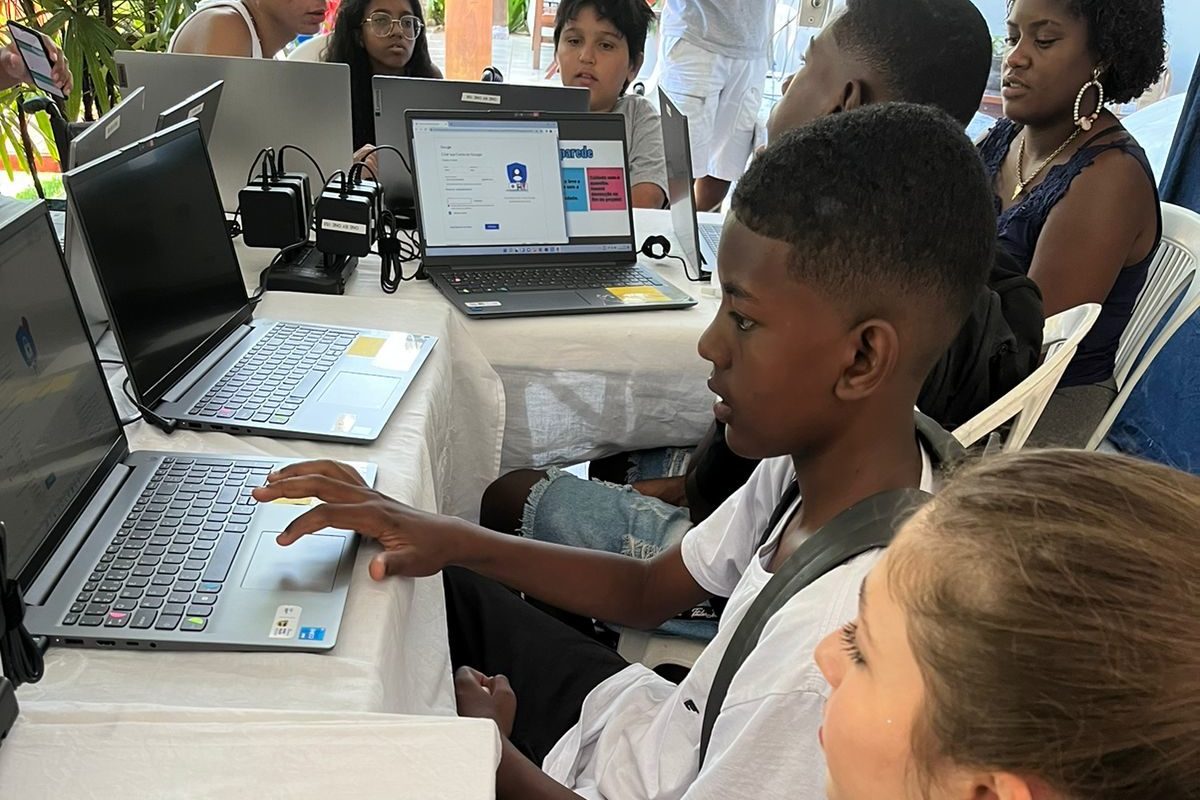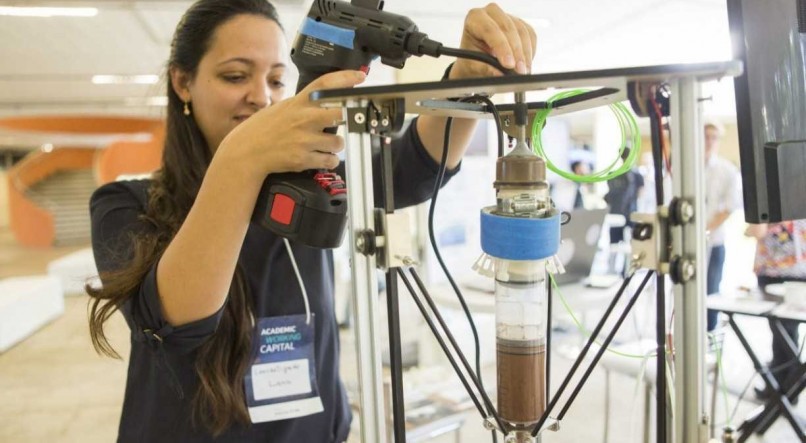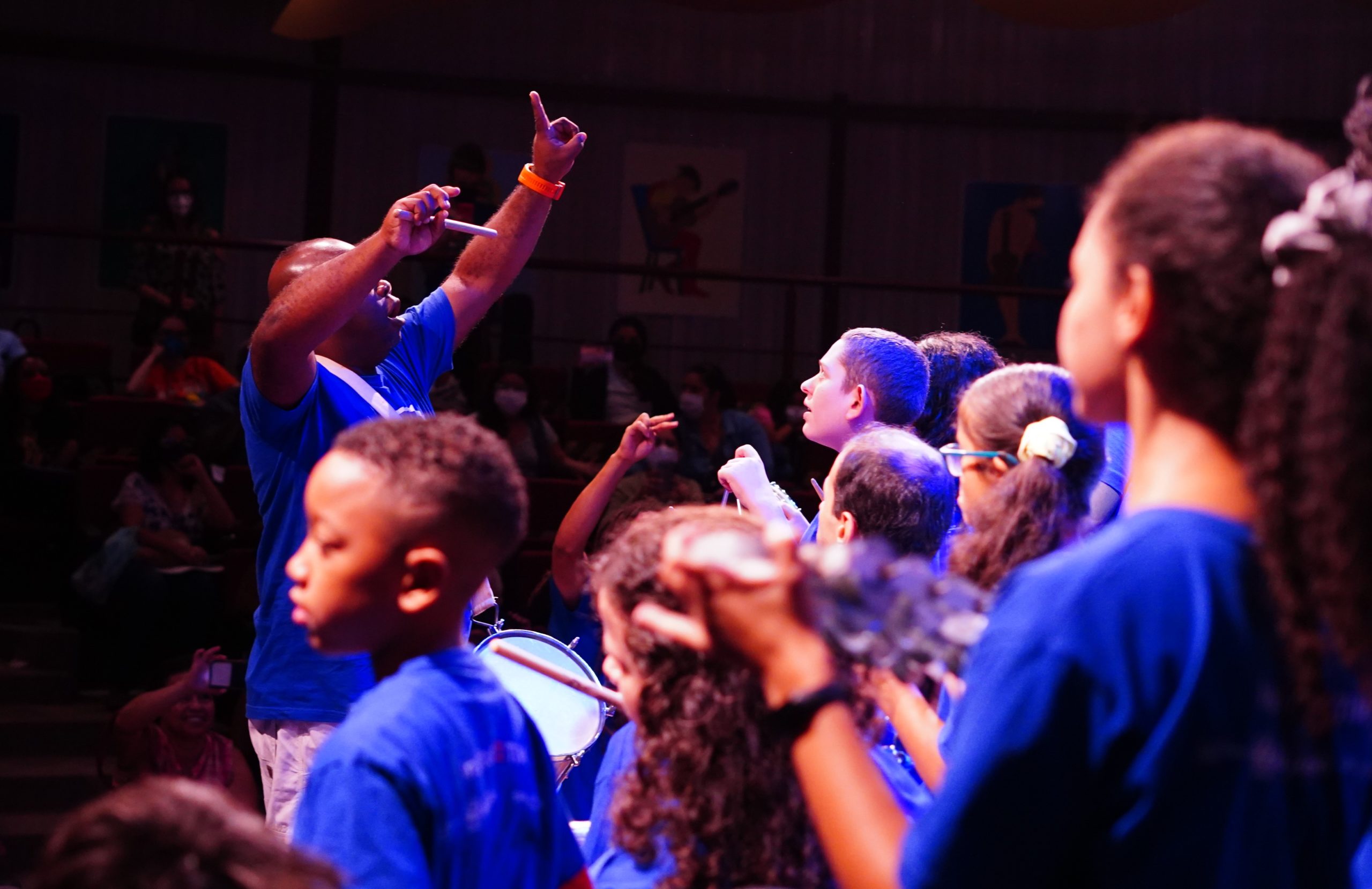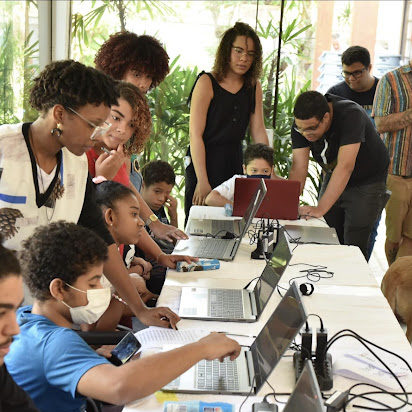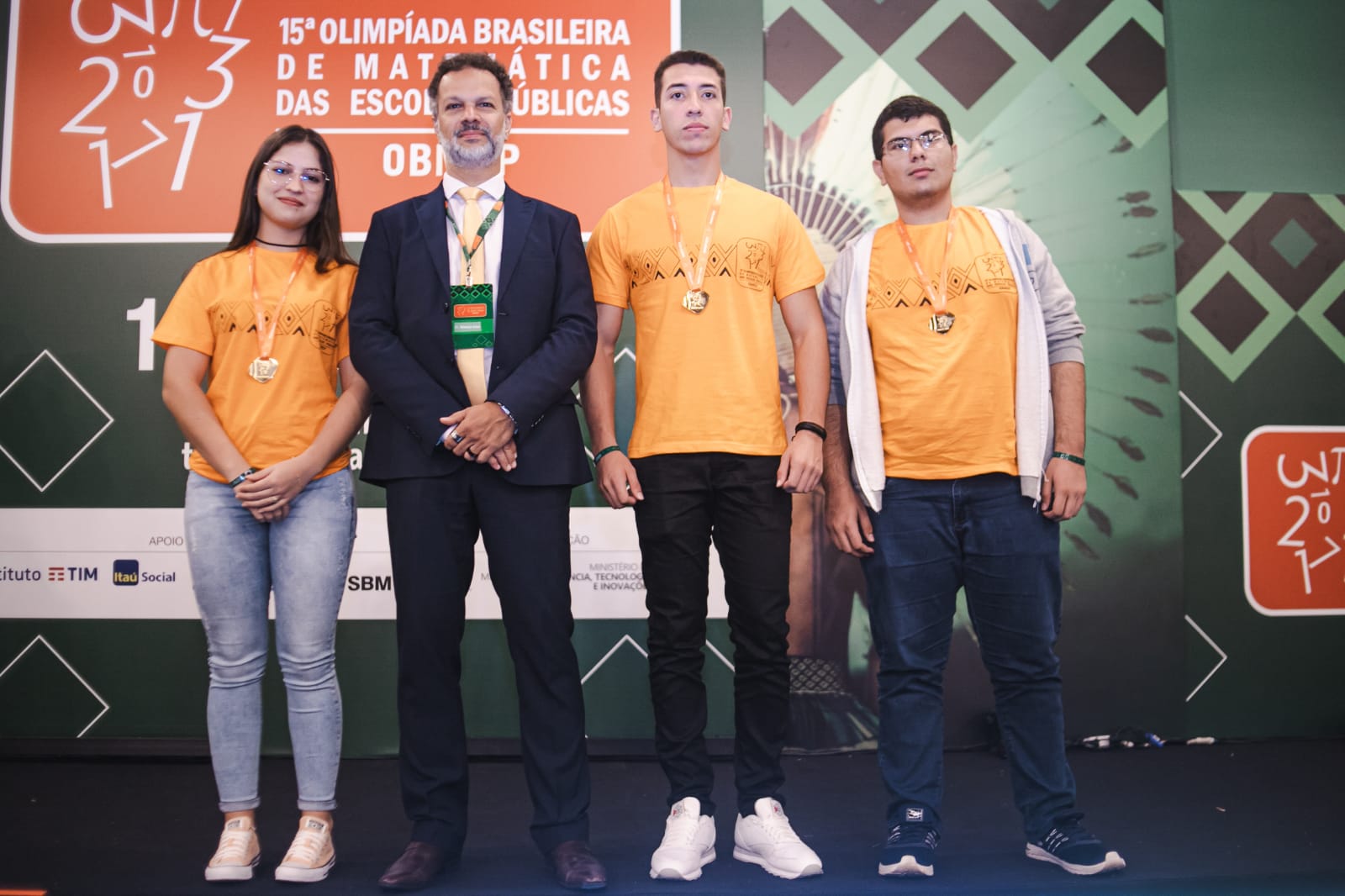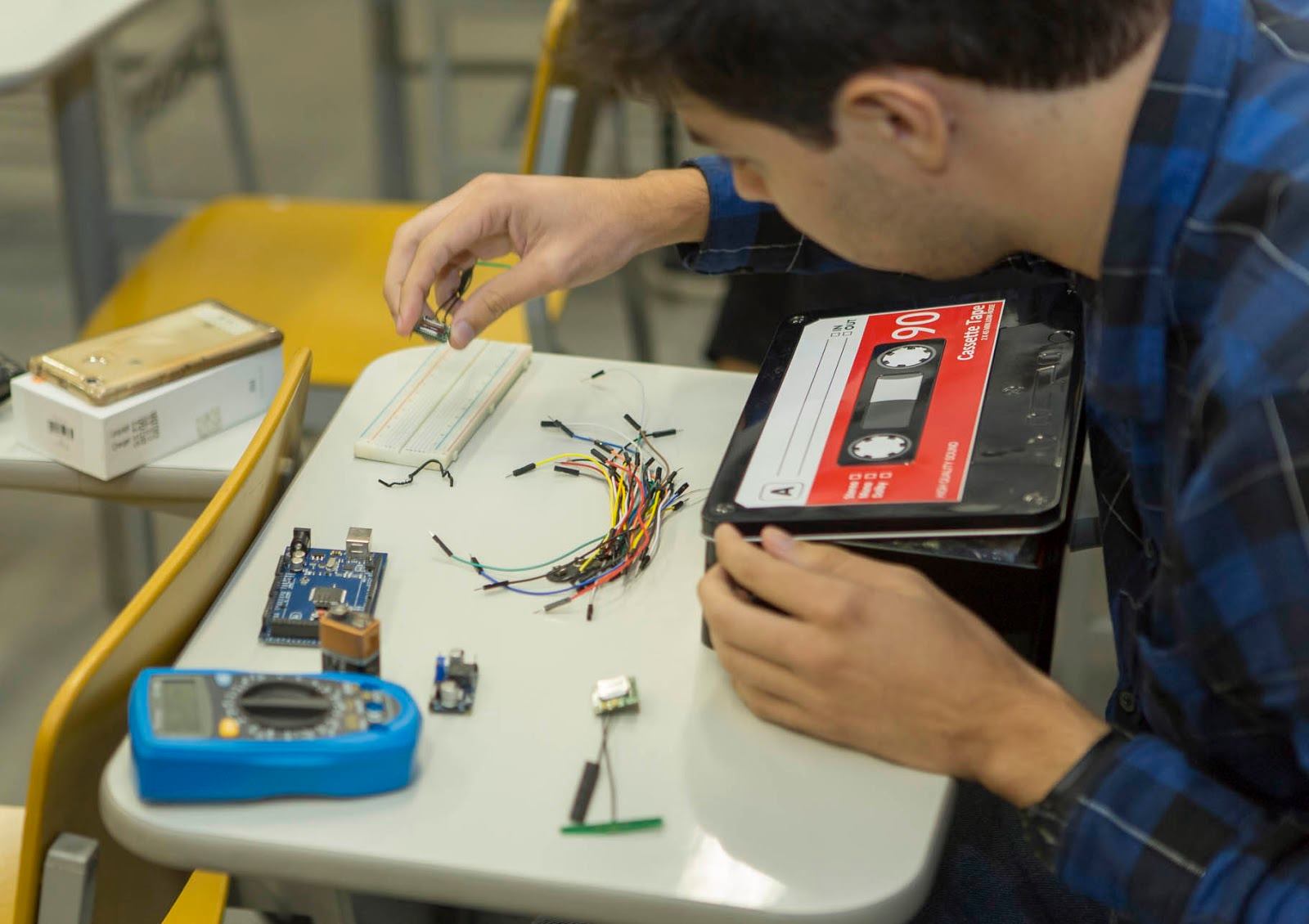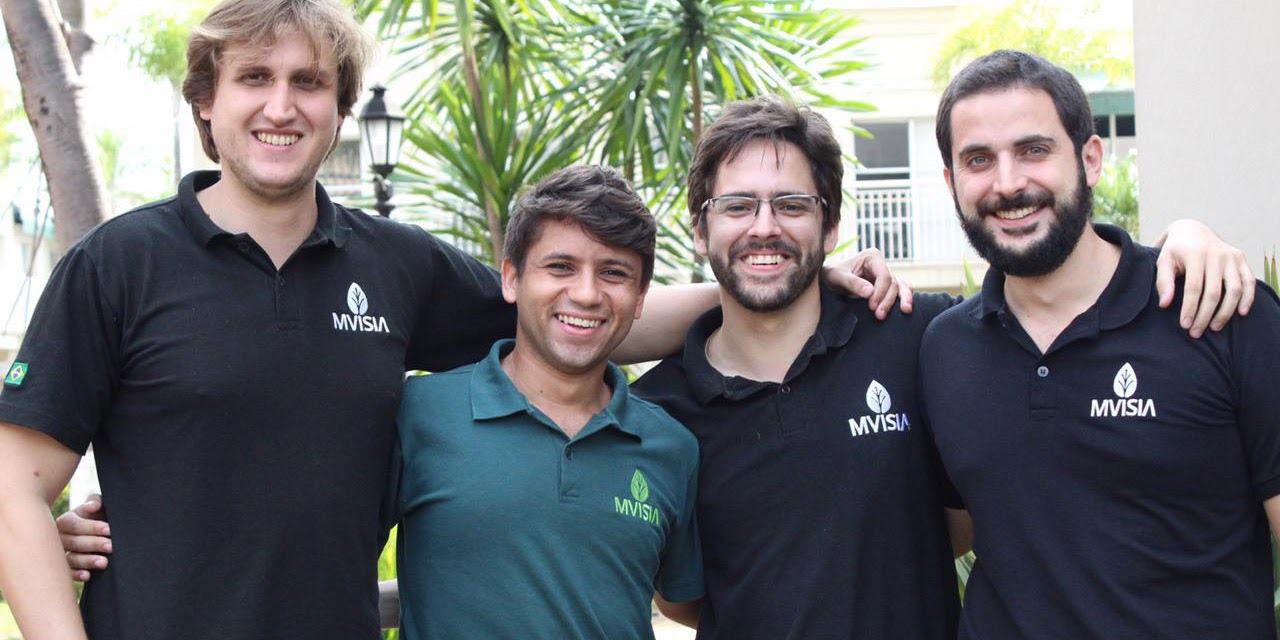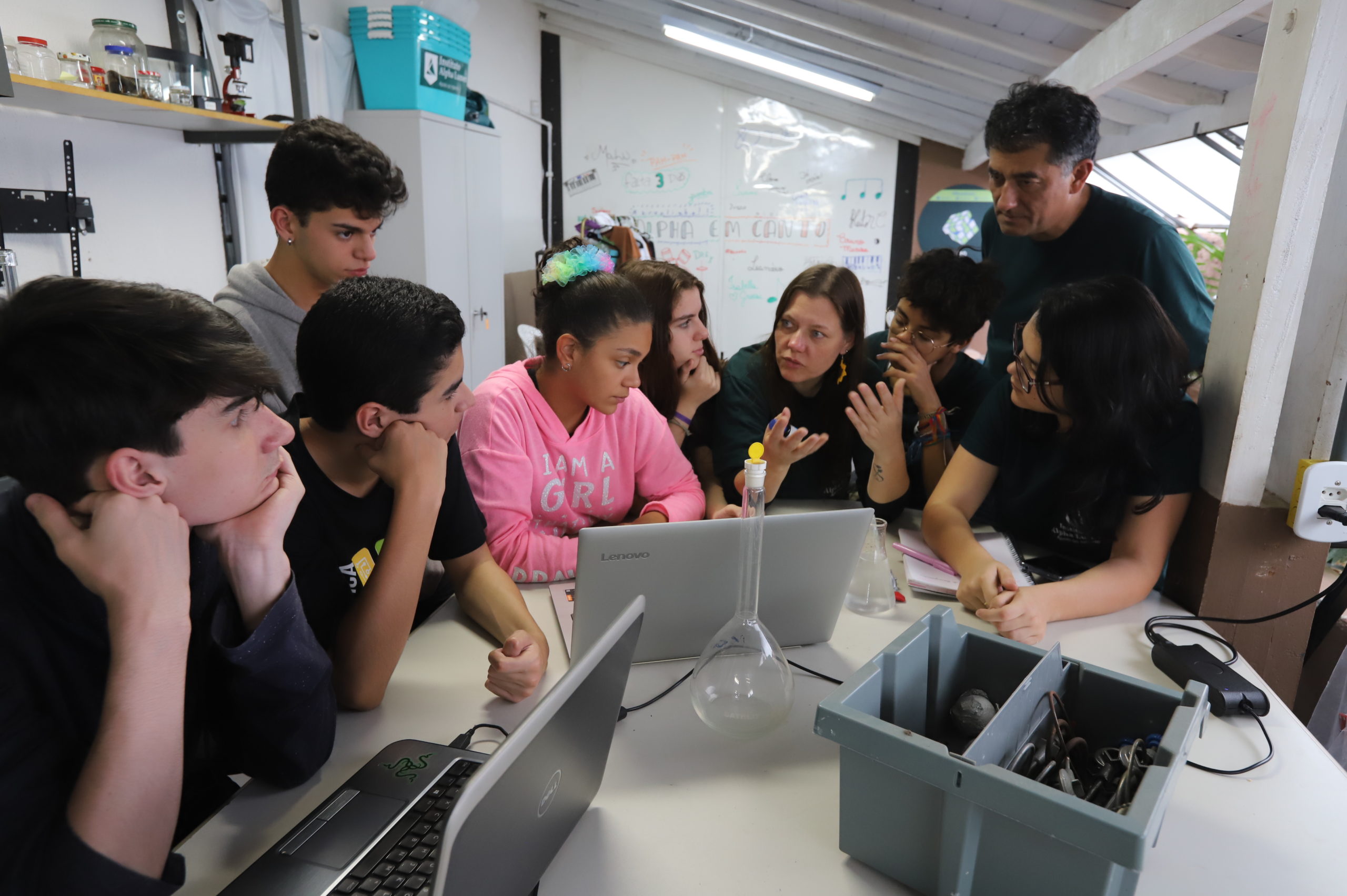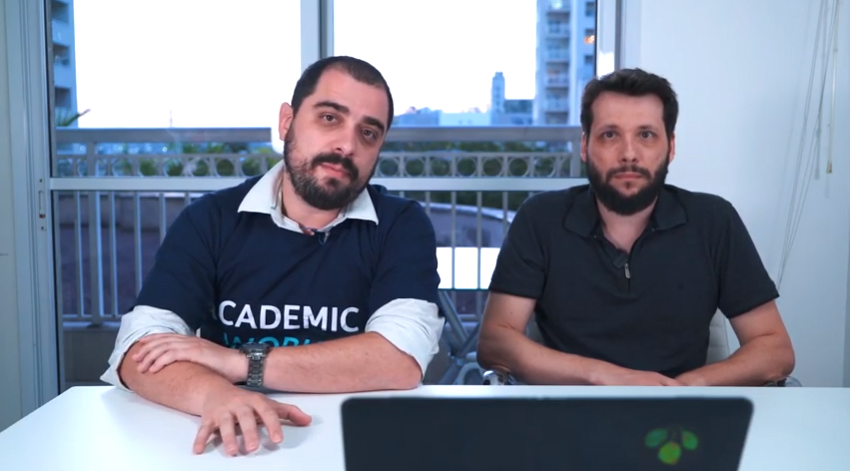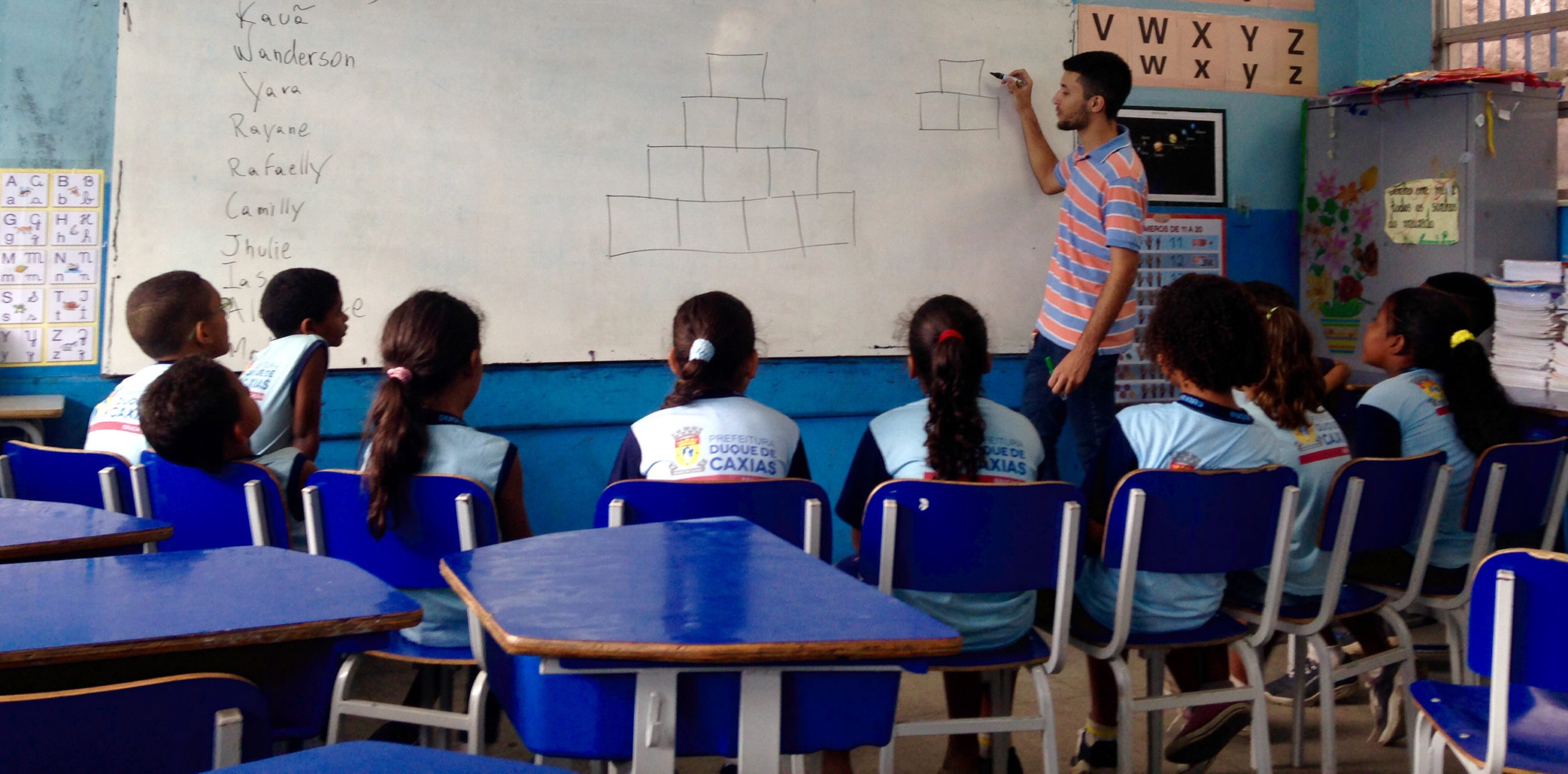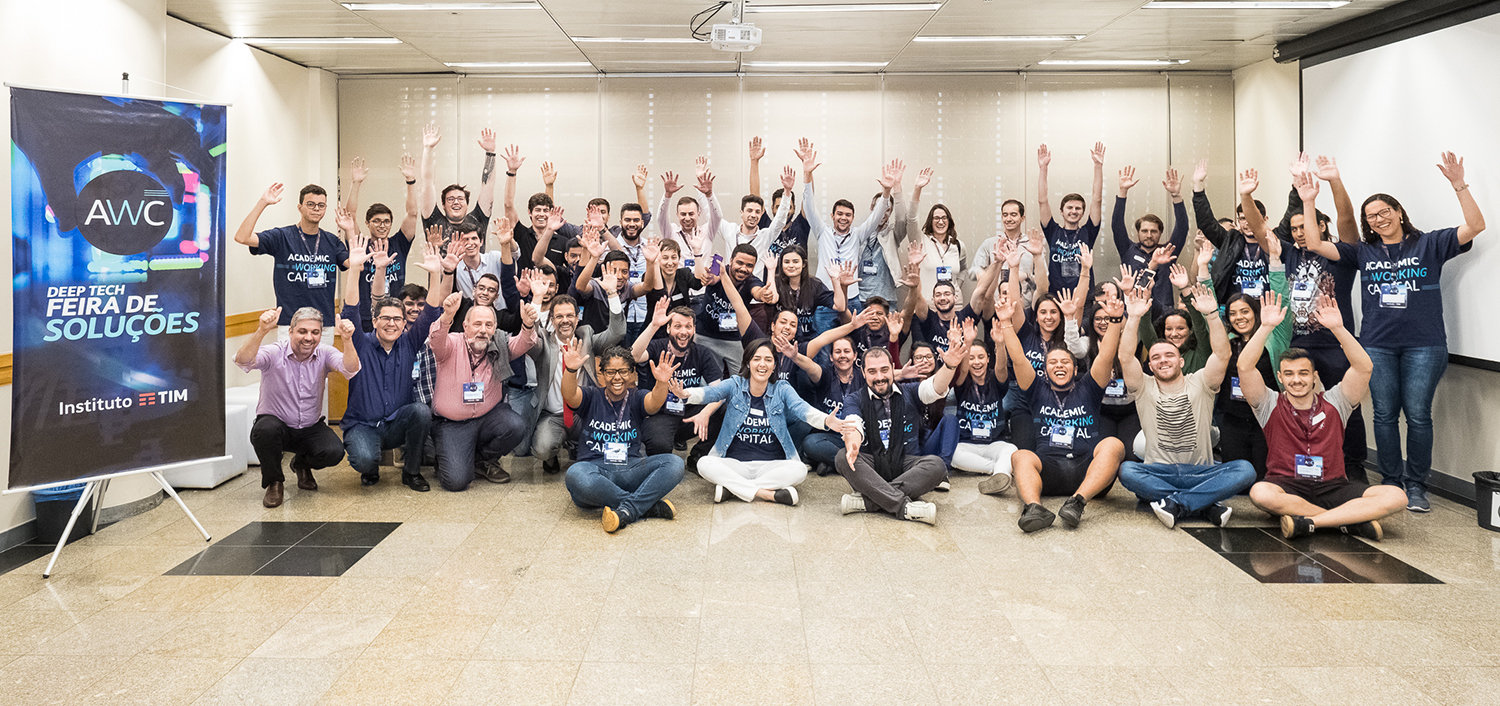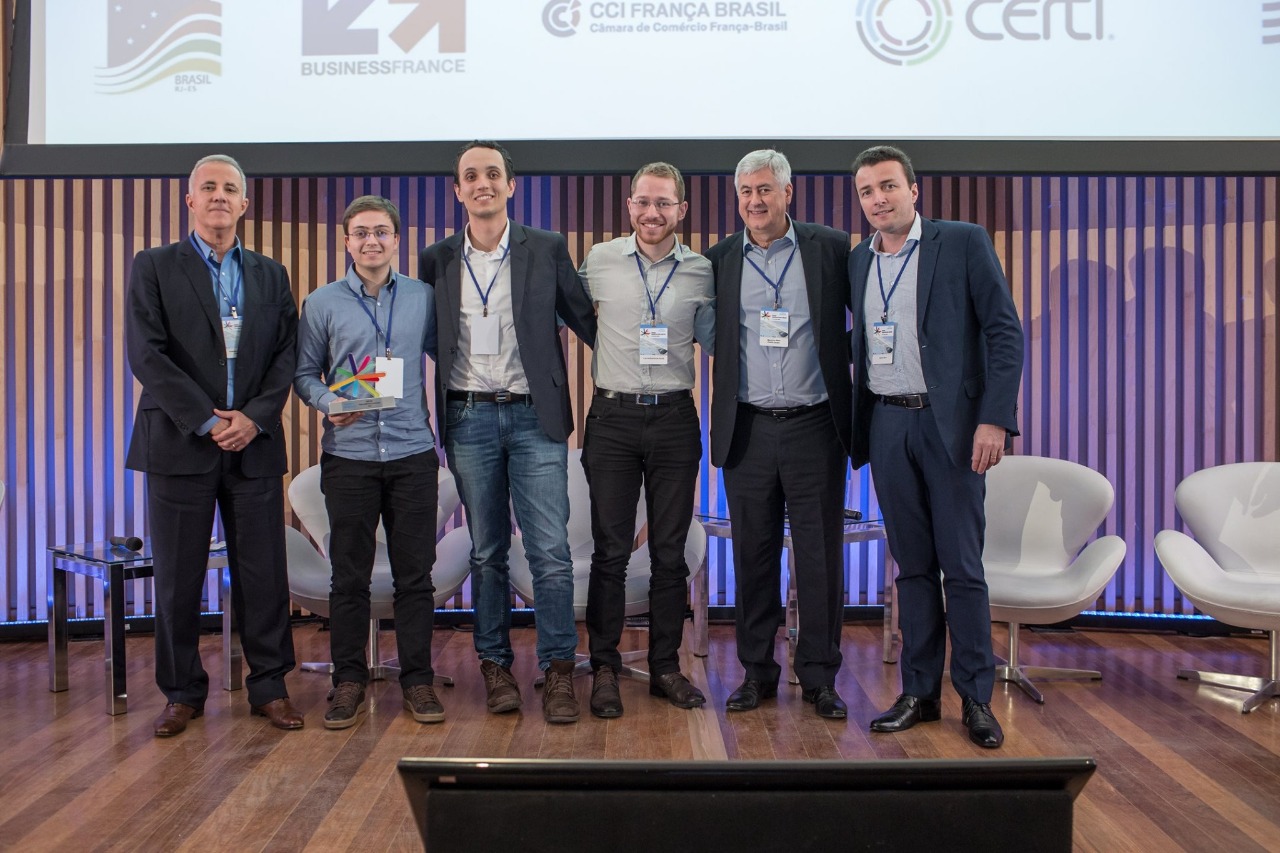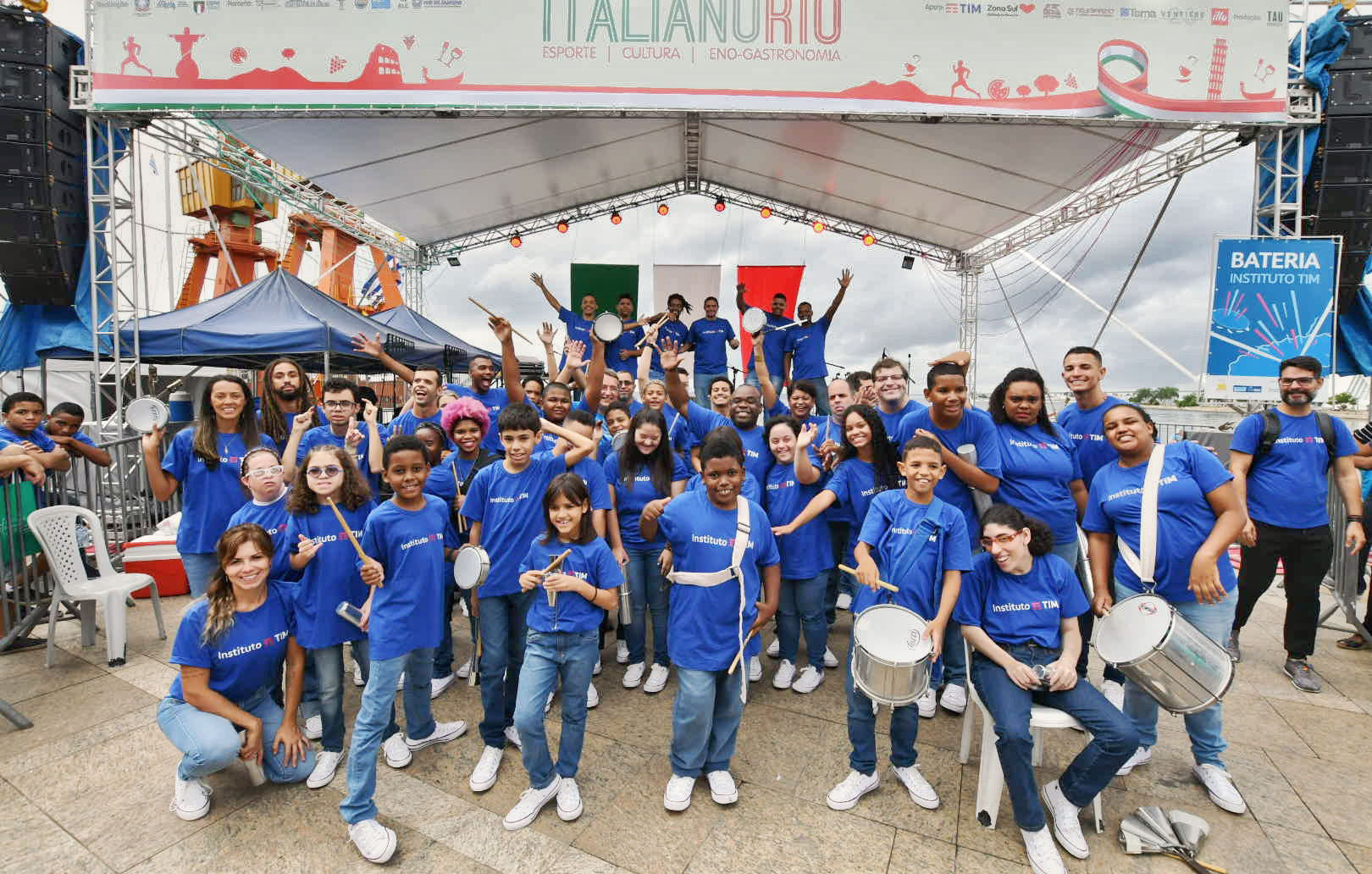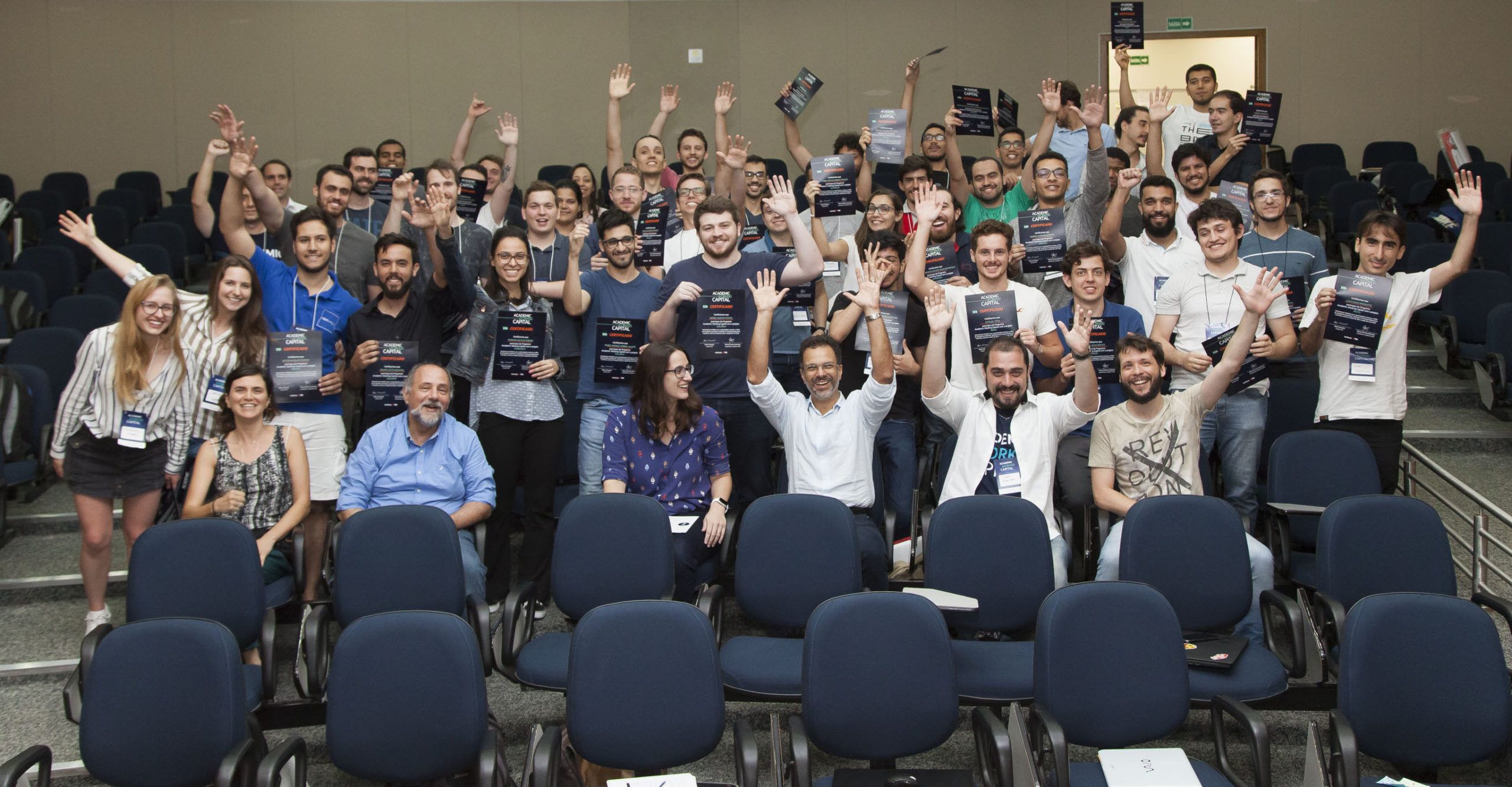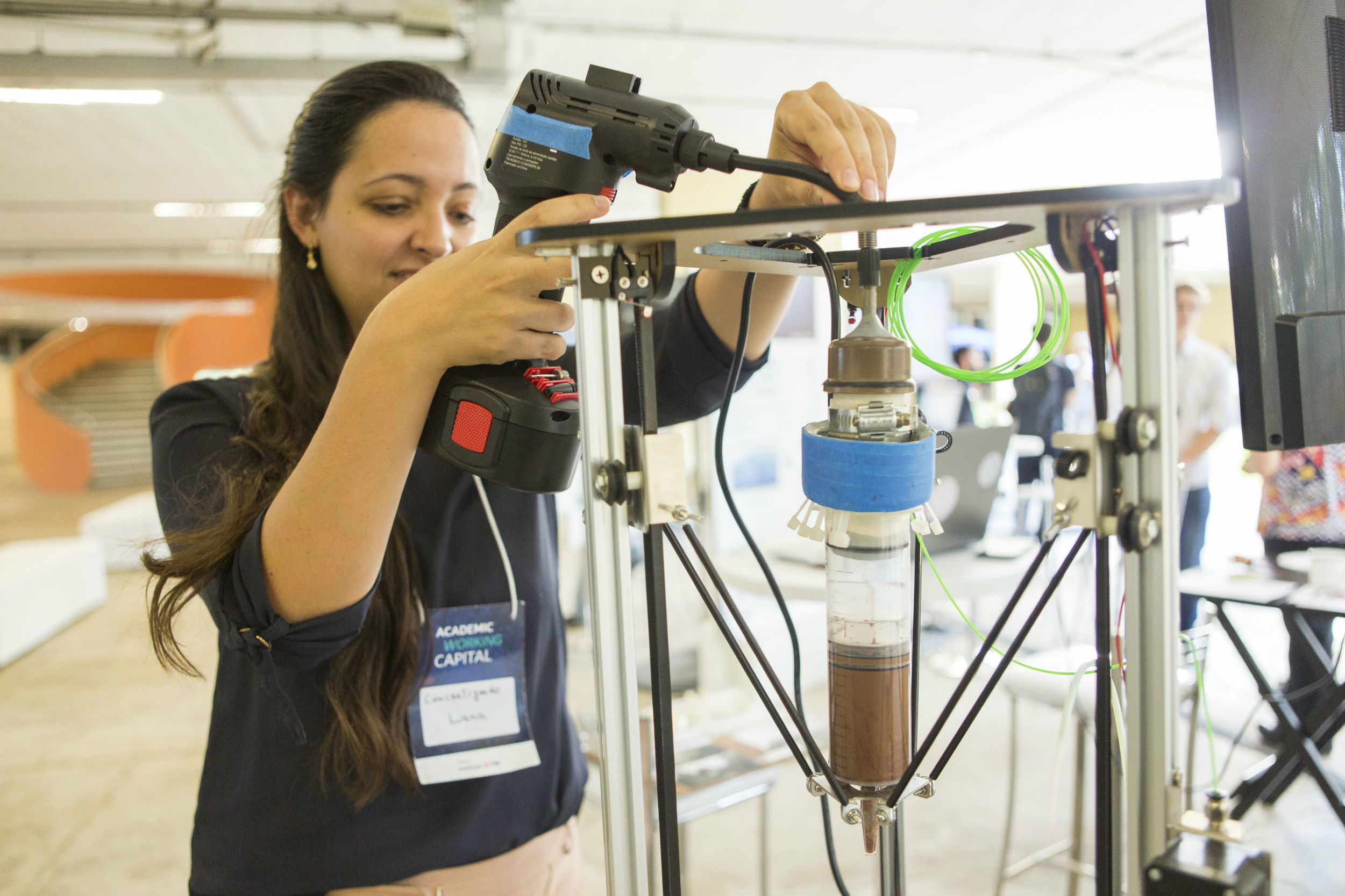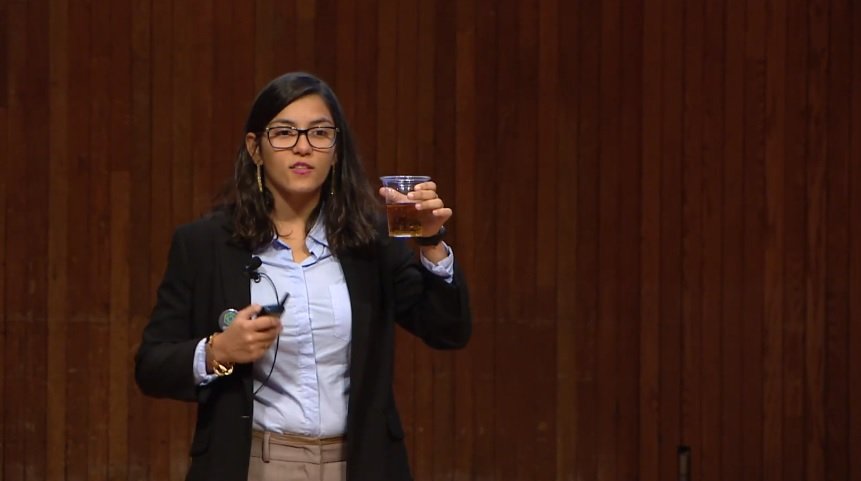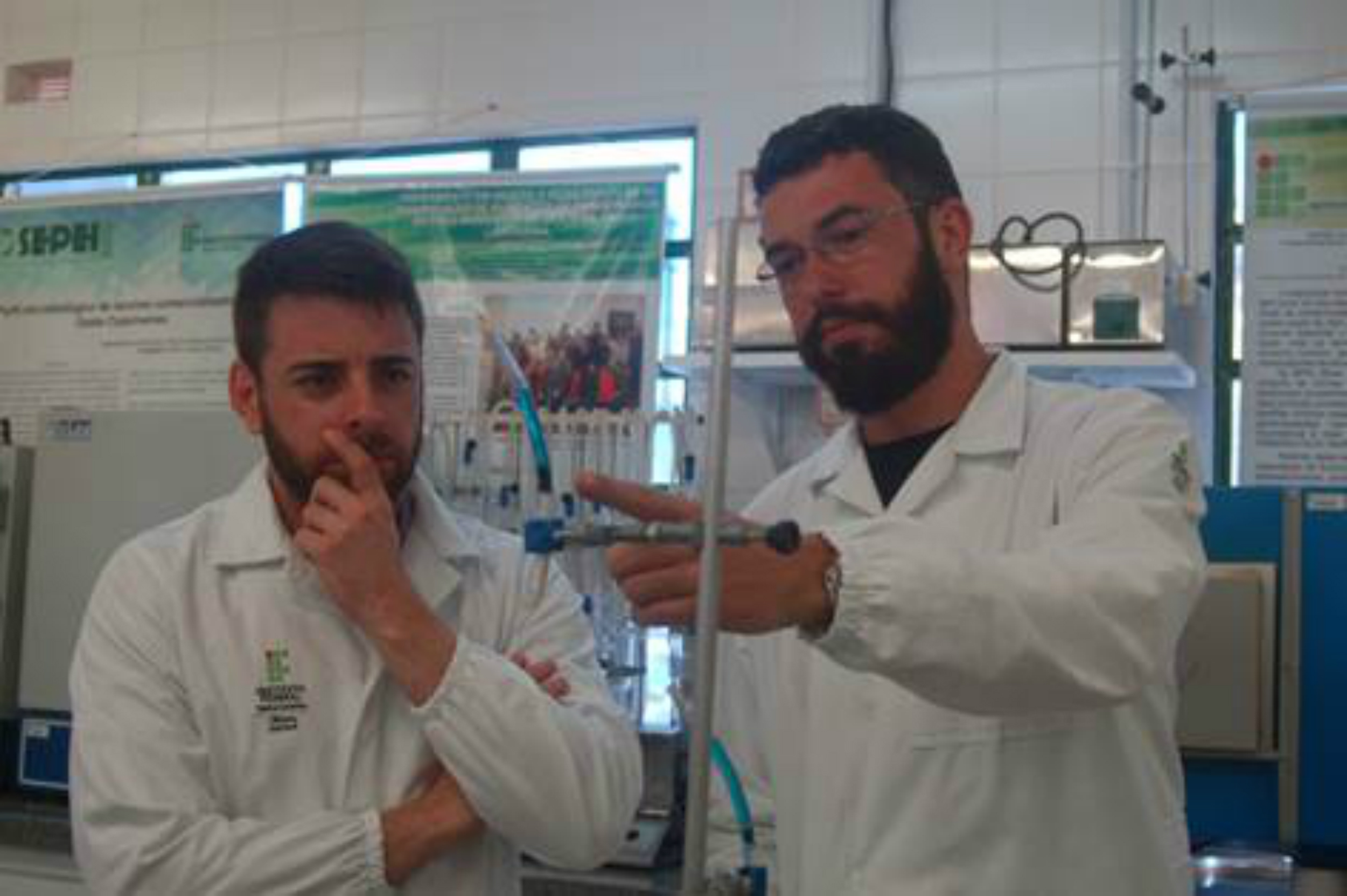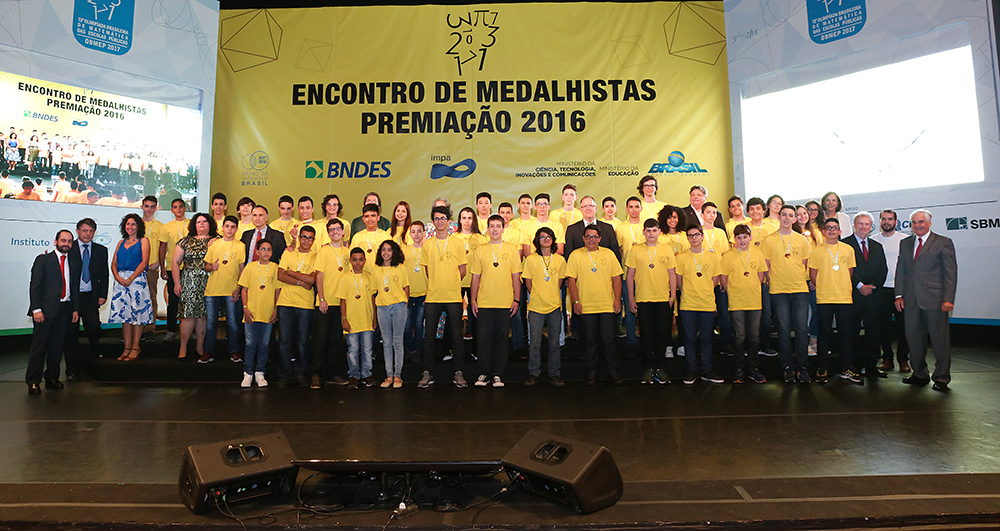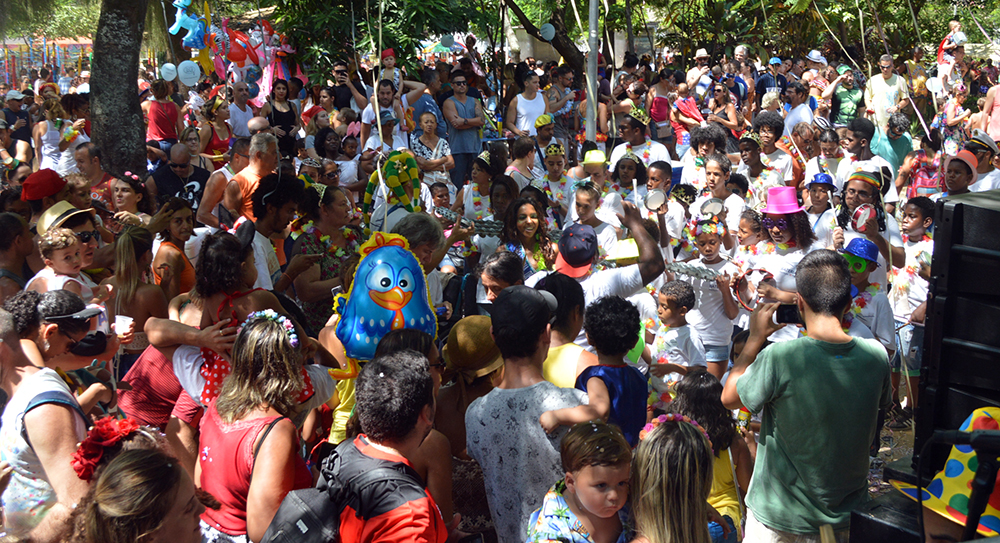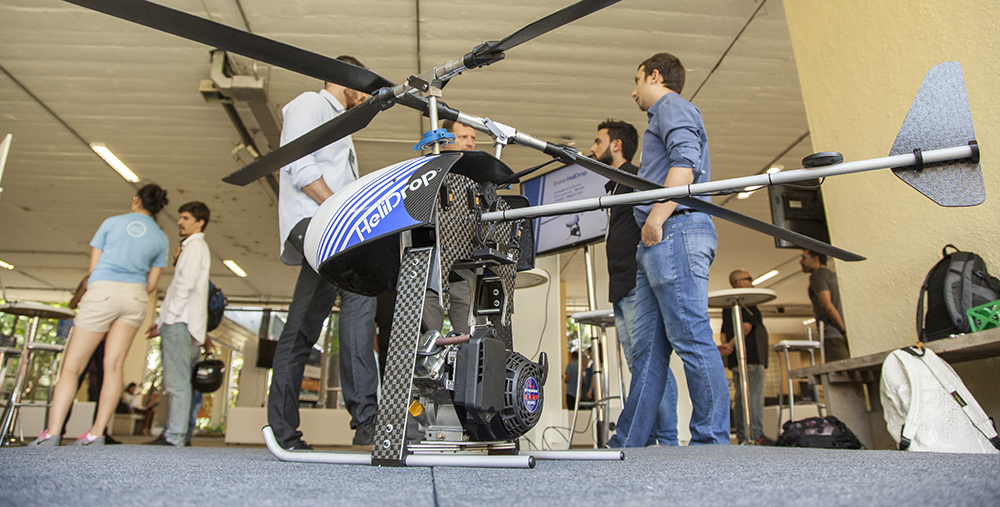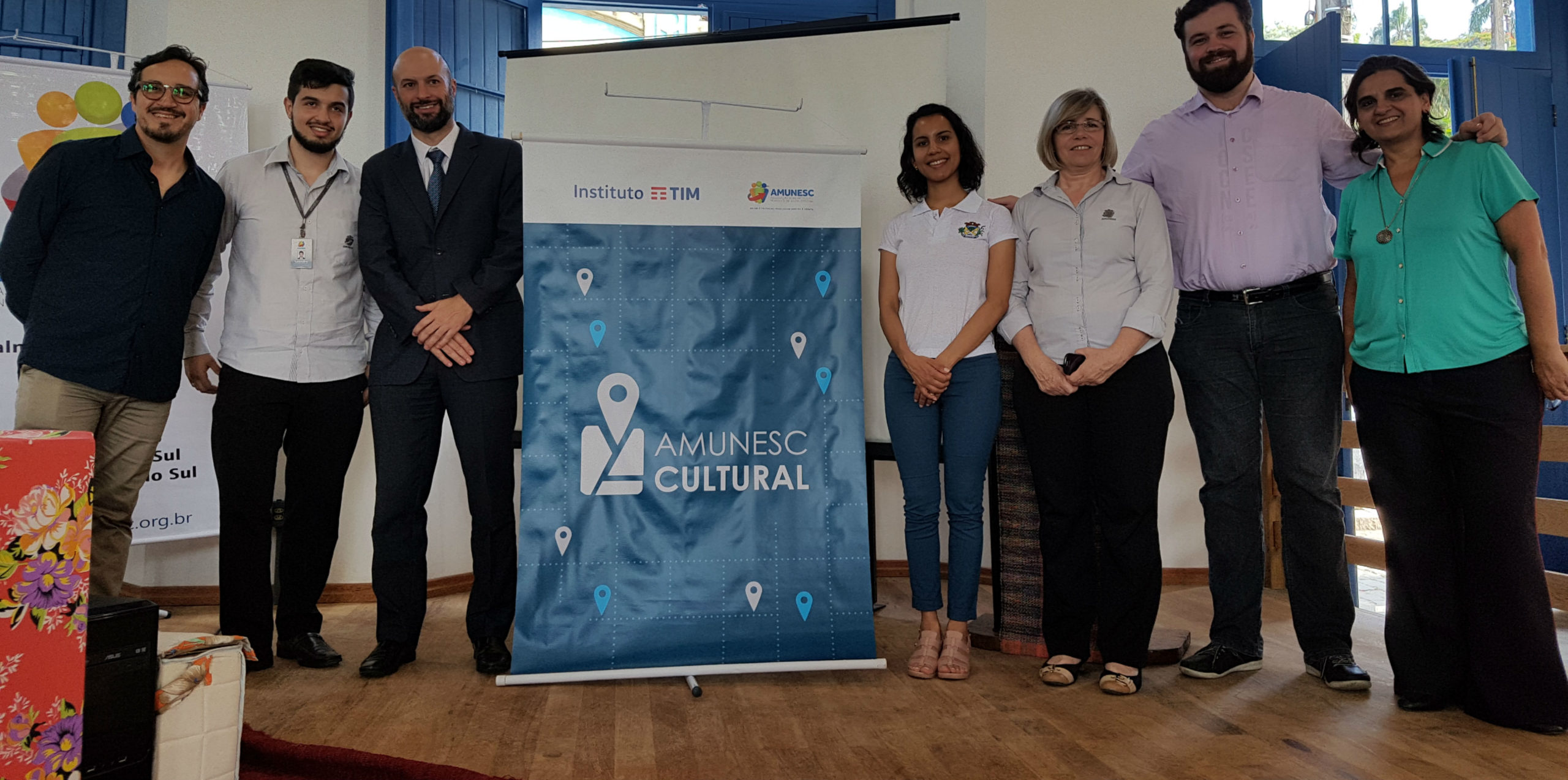
From left to right: Aldair Carvalho, president of the Cultural Foundation of Ilha de São Francisco do Sul; Leandro de Souza, IT responsible technician of AMUNESC; Cleber Affranio, representative of Instituto TIM; Cristiane Garcia, representative of the Municipal Department of Sports, Culture and Tourism of Garuva; Eleonora Bahr Pessôa, executive secretary of AMUNESC; Guilherme Gassenferth, president of the Cultural Foundation of Joinville; and Elaine Marin, from the team of Mapas Culturais.
On December 19th, the Santa Catarina Northeast Municipalities Association (AMUNESC) carried out the release of AMUNESC Cultural, the 21st deployment of the open source software Mapas Culturais. The platform gathers information of events, places, agents and cultural projects of the 9 municipalities associated to AMUNESC: Araquari, Balneário Barra do Sul, Campo Alegre, Garuva, Itapoá, Joinville, Rio Negrinho, São Bento do Sul and São Francisco do Sul.
The releasing event took place along with the launch of Ester dos Passos Rosa Cultural Center, in São Francisco do Sul, and was attended by around 40 people. Guilherme Gassenferth, president of the Cultural Foundation of Joinville and coordinator of AMUNESC’s Culture Collegiate, and Cleber Affranio, representative of Instituto TIM, were responsible for the event opening. Then, the team of Mapas Culturais introduced the platform and its functionalities.
The event had the presence of the mayor of São Francisco do Sul, Luiz Roberto de Oliveira; the president of the National Historic and Artistic Heritage Institute (Iphan), Kátia Bogéa; and representatives of AMUNESC and associated municipalities.
In addition to the AMUNESC municipalities, Mapas Culturais is in operation in the states of Ceará, Rio Grande do Sul, Tocantins, Mato Grosso and São Paulo, in the Federal District and in the municipalities of São Paulo (SP), Sobral (CE), Blumenau (SC), São José dos Campos (SP), João Pessoa (PB), Santo André (SP), Belo Horizonte (MG), Ubatuba (SP) and Parnaíba (PI). In the Ministry of Culture, the software is used in the platforms Cultura Viva, Museus BR, Mapa das Bibliotecas and Mapa da Cultura.
